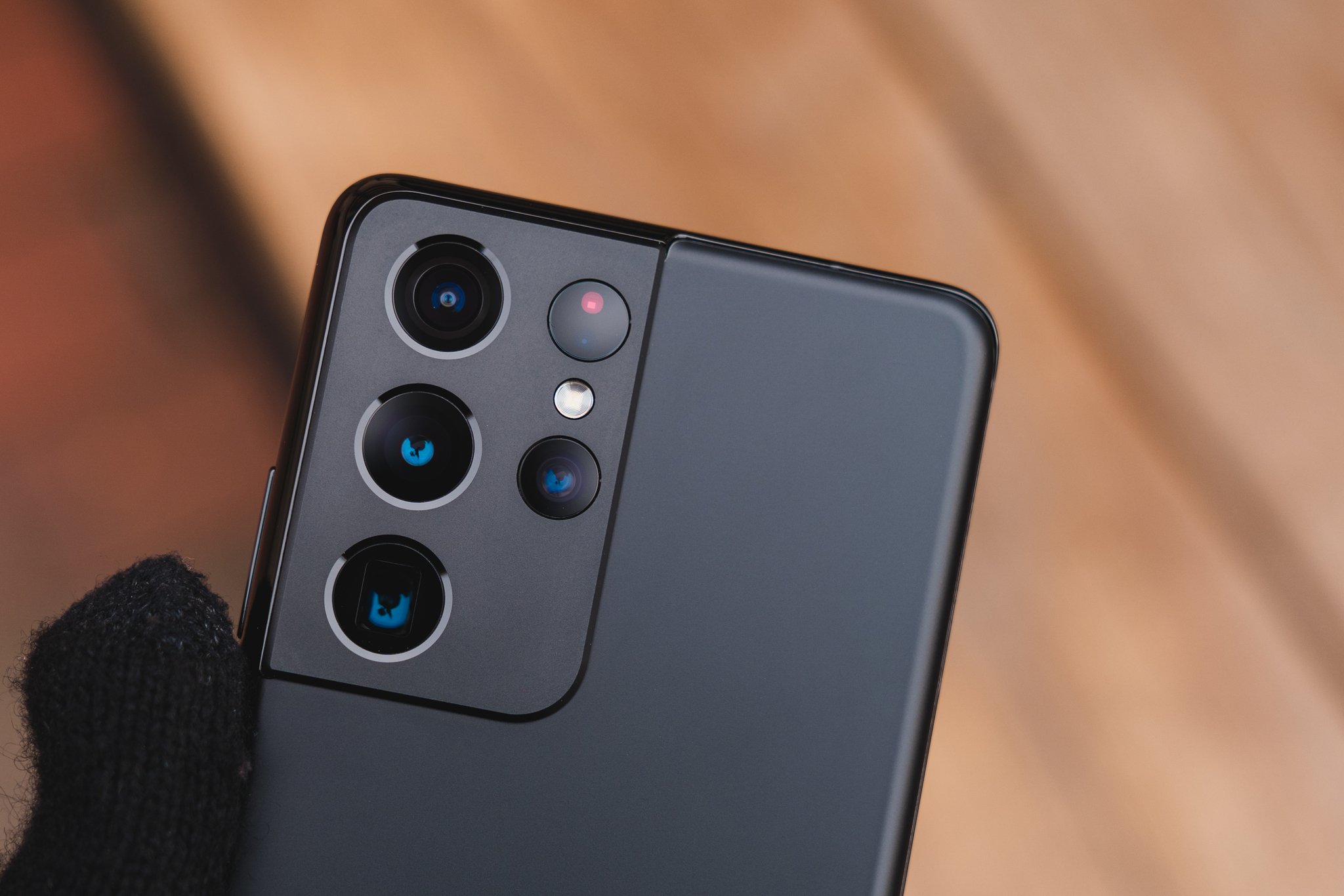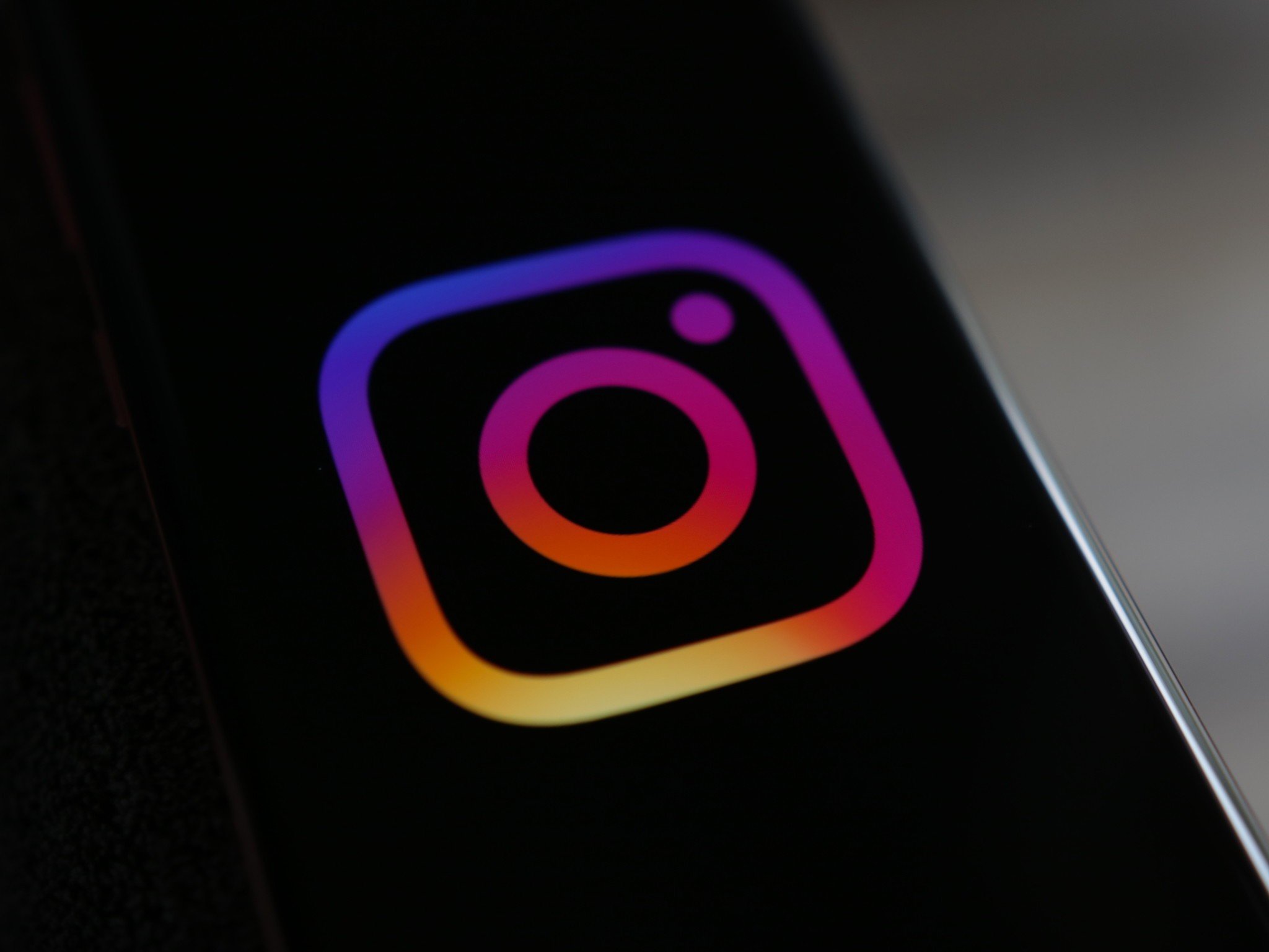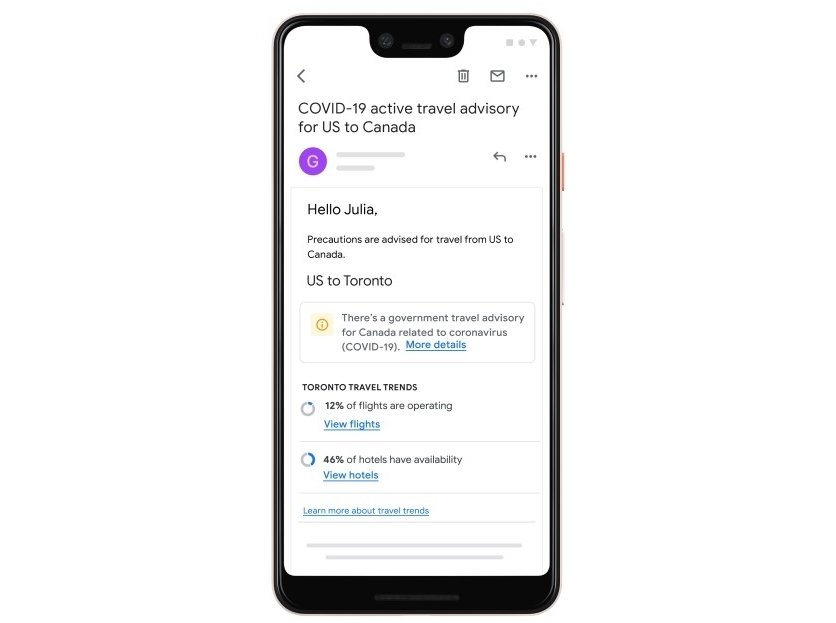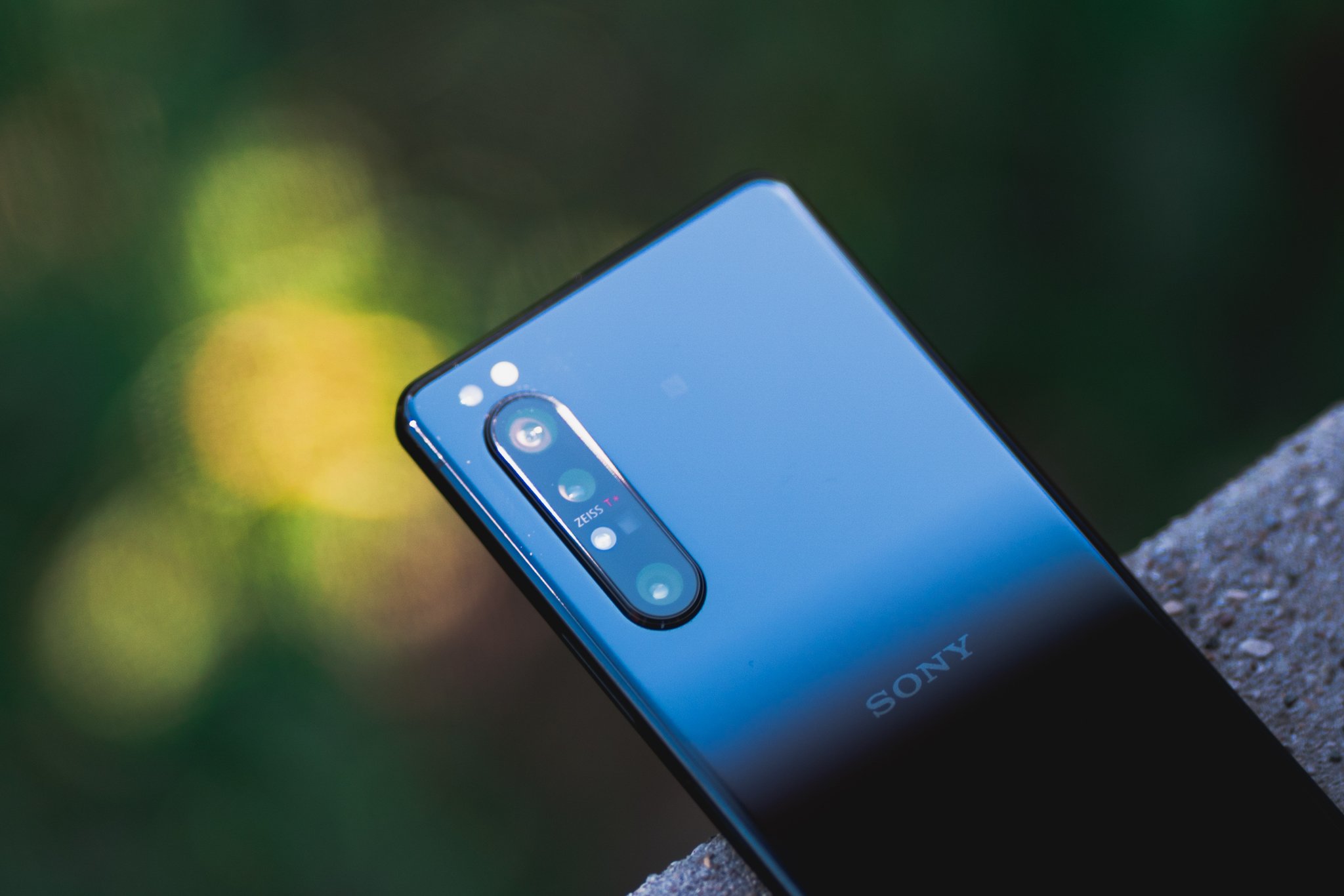Android 12 features we love - Your phone's cameras get better inside apps - Android

Android 12's camera 2 API changes mean app developers can harness the power of your phone's camera. But there is a catch.
Most of the best Android phones come with a pretty spectacular camera onboard. Granted, it's not as flexible as an expensive stand-alone camera but taken for what it is — a tiny camera embedded inside a smartphone — some amazing photos can be taken with the camera that's always in your pocket.
The problem is most of the features of these great cameras have been locked inside the camera application that comes with the phone itself. It's not a huge problem because almost every phone maker includes a really good camera app on the phones it sells, but there are some applications in the Google Play Store that can take your photography to the next level. But only if you can work with the basic, main camera and not rely on any of the extras.
That can change with Android 12 and the changes to the Camera2 API. The Camera2 API is part of Android that allows an application developer to connect to and use the camera on a phone without writing any specialized code to control it or interface with it. By making a standard way of using the camera, apps like Instagram incorporate this code and the app works on every device with a camera.

Android 12 enables apps like Instagram to not only continue with an easy way to access the camera but adds methods to use those specialized features phone makers love to include. Specifically, we're talking about any high-resolution camera, beauty filters, bokeh features (both true and AI-generated), HDR, and night modes. In addition, a developer can leverage any automatic mode where the appropriate feature is chosen depending on the conditions.
Third-party developers have had to build their own camera features which is why some apps are better on iOS.
We've seen plenty of apps incorporate their own filters and shooting modes and oftentimes they work well, But usually, the direct camera access phone makers have inside their own camera apps tend to work better. Now, every app has this level of access through the standard Android camera API. But there is a catch.
This should have been realized a while back when the CameraX Jetpack library was released. It gave phone makers a way to expose their features to third-party developers in a very similar way. The problem is that most manufacturers didn't do the work on their end. It makes sense — a company like Samsung would rather have you use its own camera application so it can gather usage data much easier, and it makes the phone's camera app look like the best in a sea of others.
![]()
This wasn't that great for users, though, as many would much rather Instagram have access to things like portrait mode than to take a shot in the phone's camera app and import the photo. Not every app that uses the camera is a stand-alone camera app, after all.
Phone makers don't have to support this so they might not bother.
Android 12's new camera access features are poised to suffer the same fate. Google warns developers that they will need to query the device and see if a particular feature is exposed for third-party apps because "device-specific extensions are allowed to support only a subset of the camera output surfaces and resolutions." Developers need to be able to adjust for the worst-case scenario.
There's no telling if phone makers will decide that it's finally time to give users everything that Android has to offer, but putting these changes directly inside the camera2 API makes things a little easier for developers and puts more pressure on manufacturers to include support on their phones. We'll have to wait and see what happens when Android 12 shows up on new devices that aren't made by Google to find out.
28/04/2021 12:30 PM
A trio of Galaxy devices are getting Android 11 updates (2)
28/04/2021 12:19 AM
One Apple exec actually wanted to bring iMessage to Android back in 2013
28/04/2021 09:42 AM
Samsung's New Laptops Are Perfect For Work From Home + On-The-Go Consumers
28/04/2021 03:59 PM
Google wants to help you plan your first post-vaccination vacation
28/04/2021 01:00 PM
OnePlus 9 review - Mostly an upgrade
28/04/2021 01:15 PM
Sony posts strong Q4 profit, but smartphone business continues to struggle
28/04/2021 11:23 AM
Google brings its Android Earthquake Alerts System to more countries
28/04/2021 05:00 PM
- Comics
- HEALTH
- Libraries & Demo
- Sports Games
- Racing
- Cards & Casino
- Media & Video
- Photography
- Transportation
- Arcade & Action
- Brain & Puzzle
- Social
- Communication
- Casual
- Personalization
- Tools
- Medical
- Weather
- Shopping
- Health & Fitness
- Productivity
- Books & Reference
- Finance
- Entertainment
- Business
- Sports
- Music & Audio
- News & Magazines
- Education
- Lifestyle
- Travel & Local






